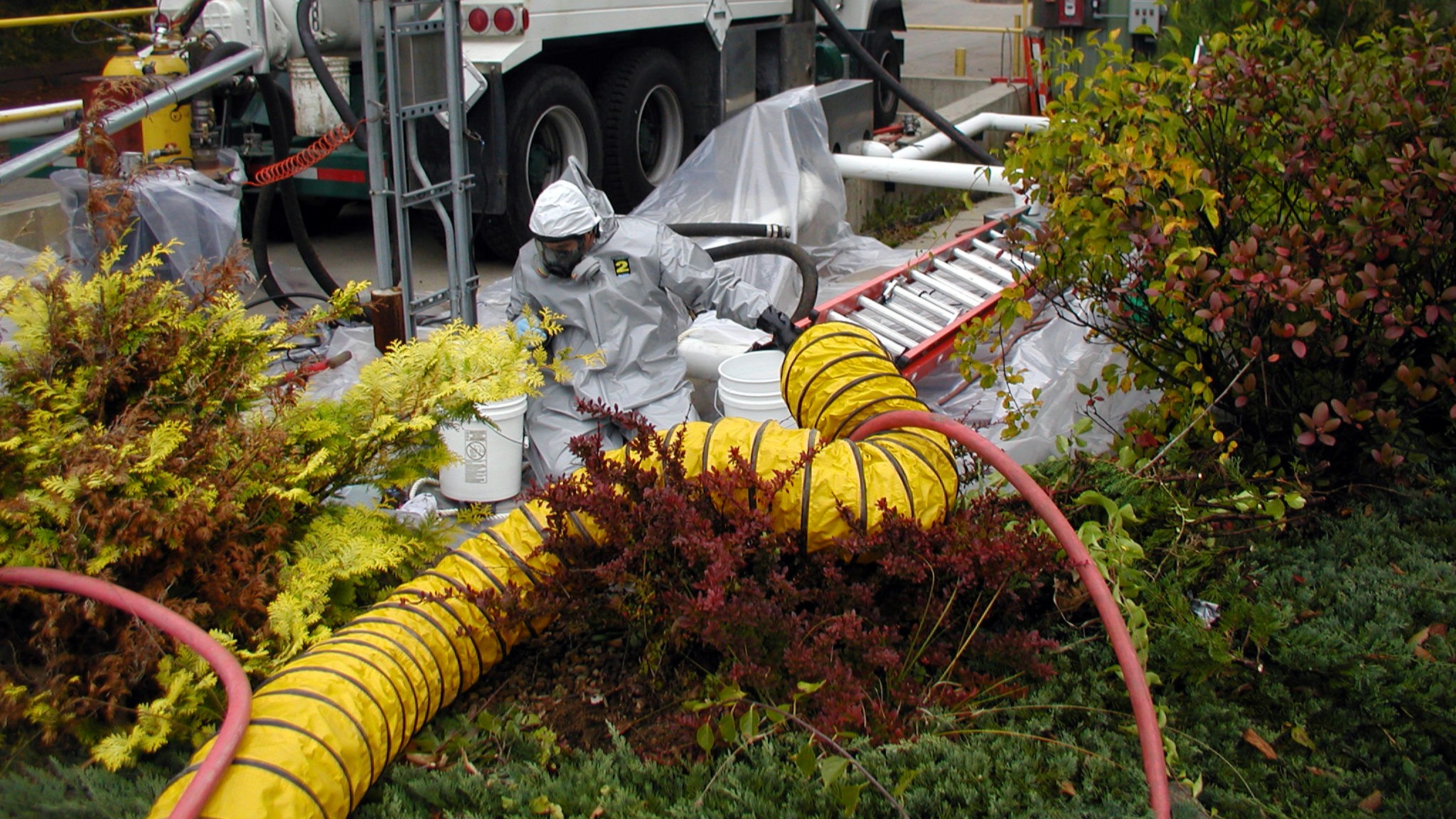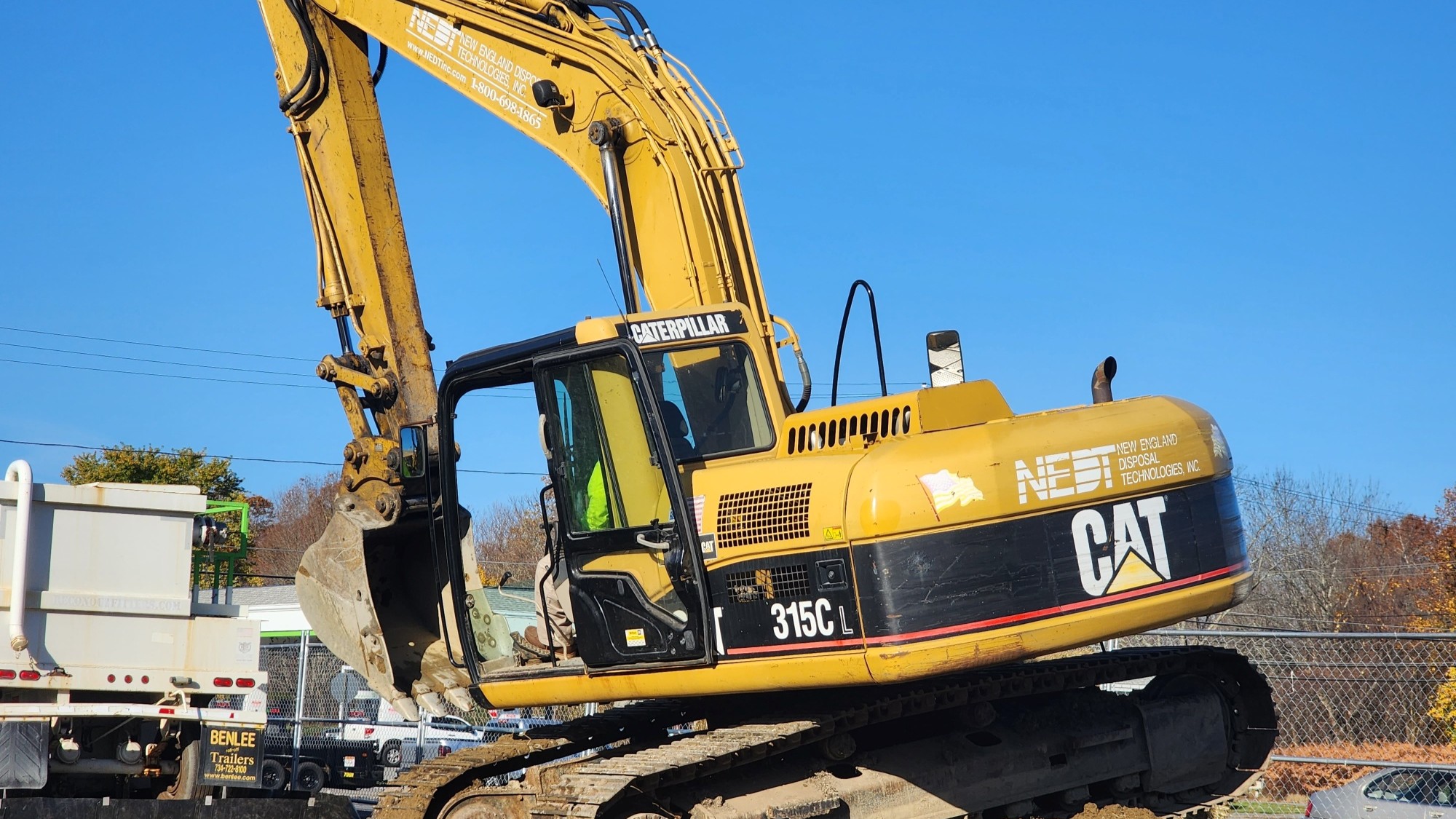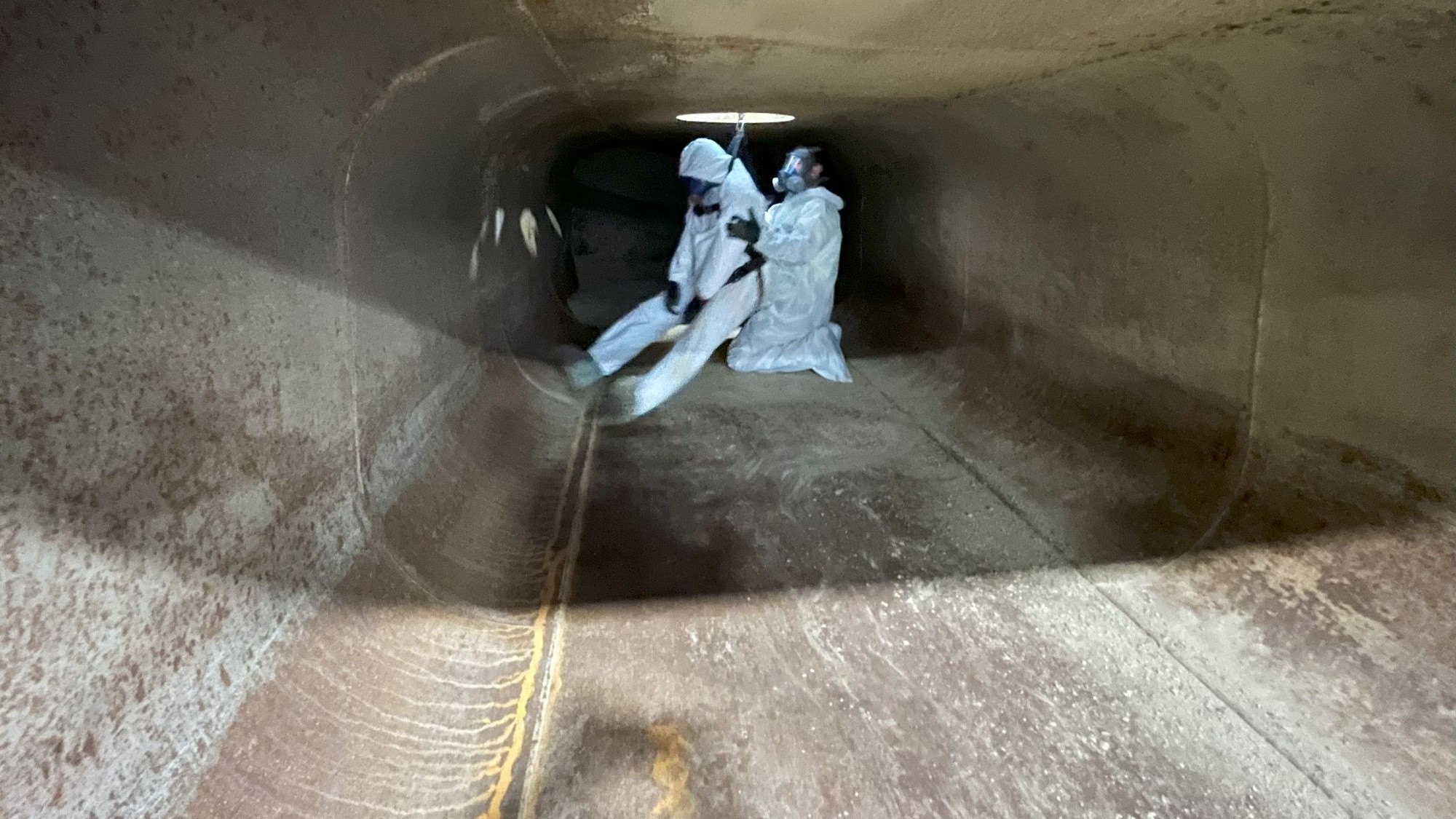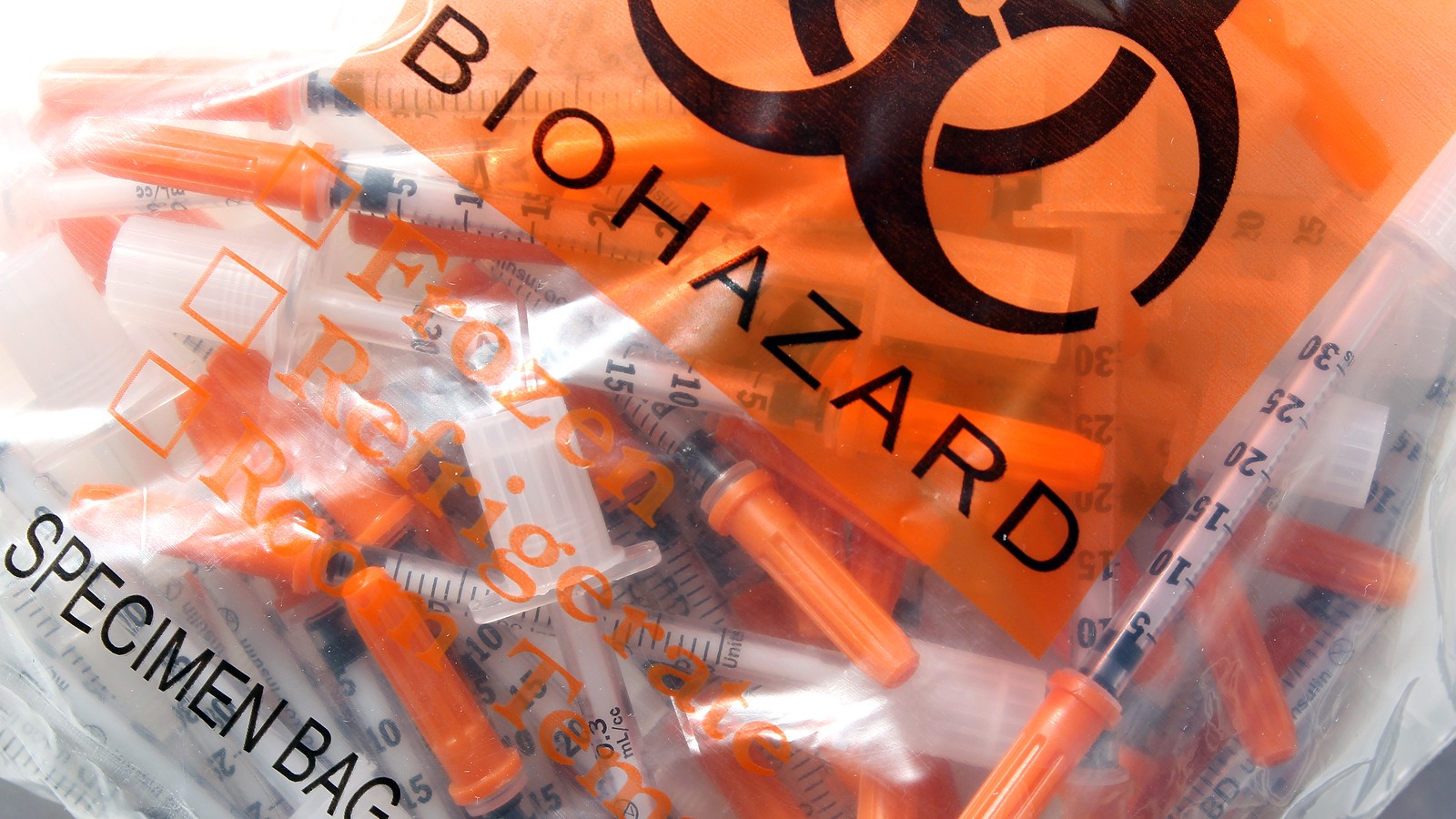Industrial-scale businesses require industrial-scale chemicals, and with those come the risks of an industrial chemical spill. When those occur, it’s important not only to call in a response team as quickly as possible, but also to contain the resulting spill to limit the downtime of a business and the impact to the environment. It’s never too early to plan for such incidents or disasters. If you can’t plan before a spill, the next best time is after an industrial chemical spill.
Priority One: Initial Emergency Spill Response
Once a spill incident occurs, speed is key. You’ll need to quickly call in an emergency spill response team to deal with the spill before it does more damage. A rapid response, assessment, and containment not only limits the risk to staff and machinery but also allows for a faster recovery process. The team you call in needs the training, equipment, and vehicles to make that happen, so make sure you work with a company whose track record proves true 24/7 emergency spill response. Providing the correct information, including the chemicals involved, is crucial so these response teams can bring the right equipment to fight it.
Chemical Spills as Part of Disaster Management
Industrial chemical spills are often a secondary effect of explosions and fires during an industrial disaster, and can also sometimes be the cause of larger incidents. If disaster strikes, the containment of chemical spills and other hazardous materials must be prioritized to protect the health of the local population and environment. See our Dudley Chemical Fire case study for an example in action.
Priority Two: Efficient Cleanup to Return Site to Work
Once the crisis is over, the work begins to make the site safe, compliant, and return it to productivity. Depending on the chemicals involved, the site of the spill, and the area affected, cleanup can involve several steps:
- Cleaning and Site Decontamination: A thorough cleaning may be all that’s needed after a spill, but more likely, a full site decontamination will have to be performed and documented. To learn what that entails, check out our blog, What Does a Site Remediation Project Include?
- Additional Contractor Services: Spill might require additional contractors to manage, from environmental consultants and engineers to specialist construction or demo contractors.
- Notifications & Paperwork: A lot of paperwork is generated from a spill. It all needs to be managed, from state and federal regulatory notifications and submittals to interfacing with your insurance company for coverage and payments.
Priority Three: Planning and Training
In the aftermath, it’s important to review what went wrong so you can better plan and train for it not to happen again. This includes planning, reviewing, and creating new procedures, providing staff training on these procedures and oversight, and implementing a better response if it happens again. Part of this involves consulting with and retaining the right emergency response company for your industry, facility, and state, as well as implementing a disaster recovery plan.
NEDT is positioned to provide not only emergency oil and industrial chemical spill response, but also hazardous waste removal, site remediation, industrial cleaning services, and disaster recovery, including all the planning, training, and management around these complex projects. At NEDT, our mission is to deliver the best results with minimal disruption to your services, all while making the process easy and transparent. Contact us today to learn more and get started.







